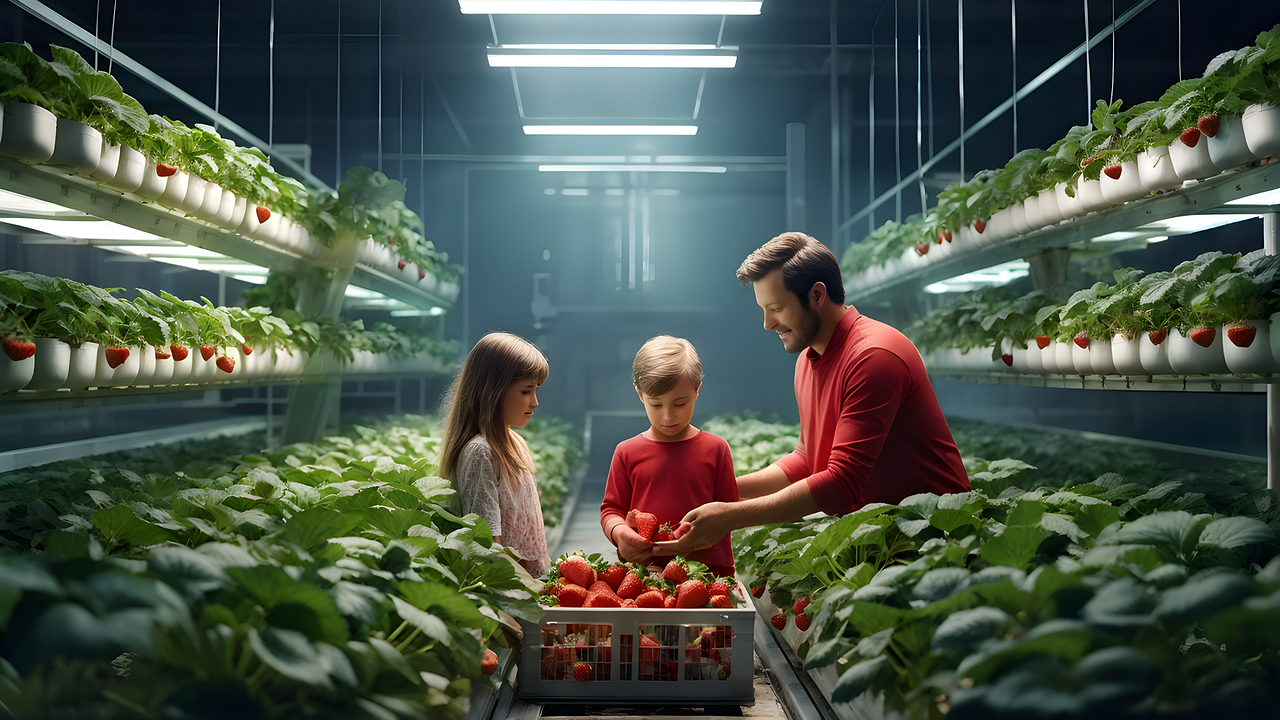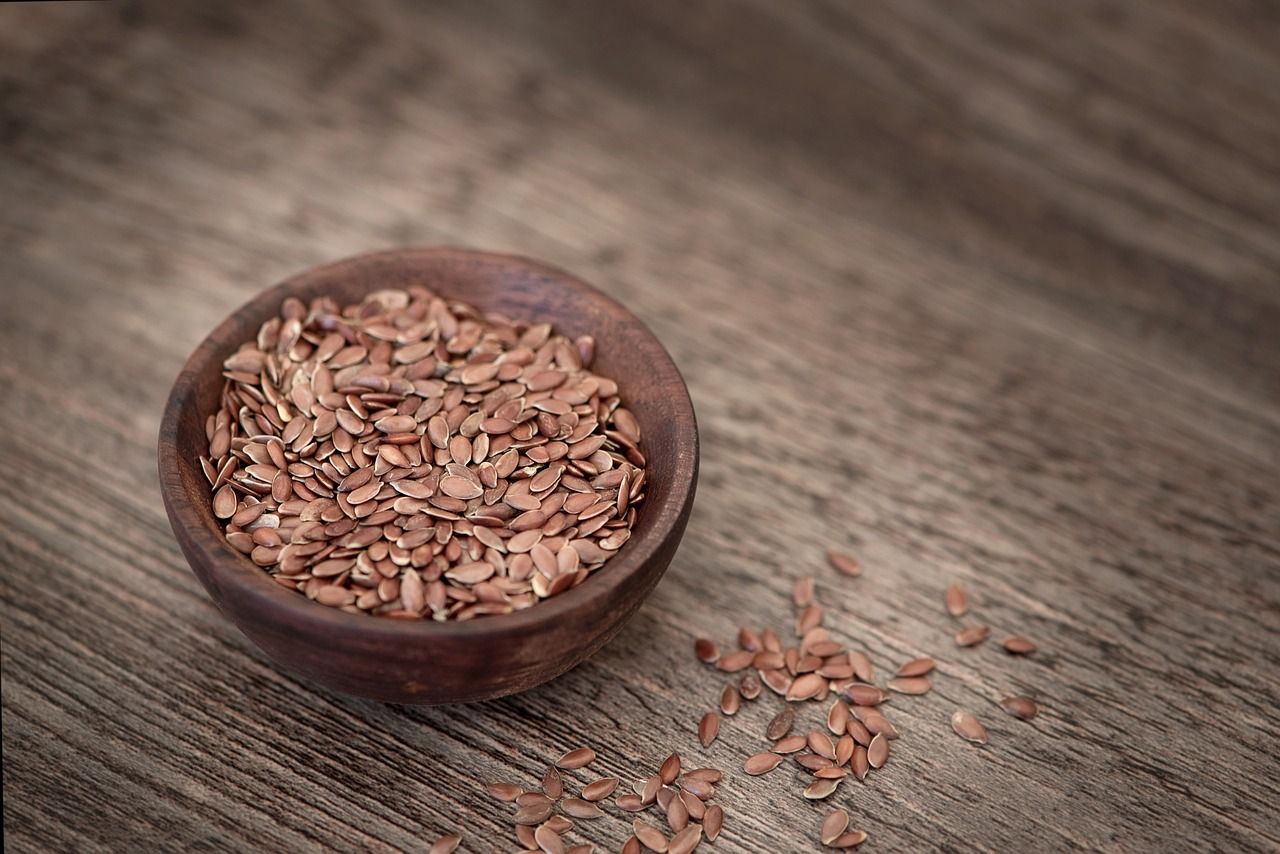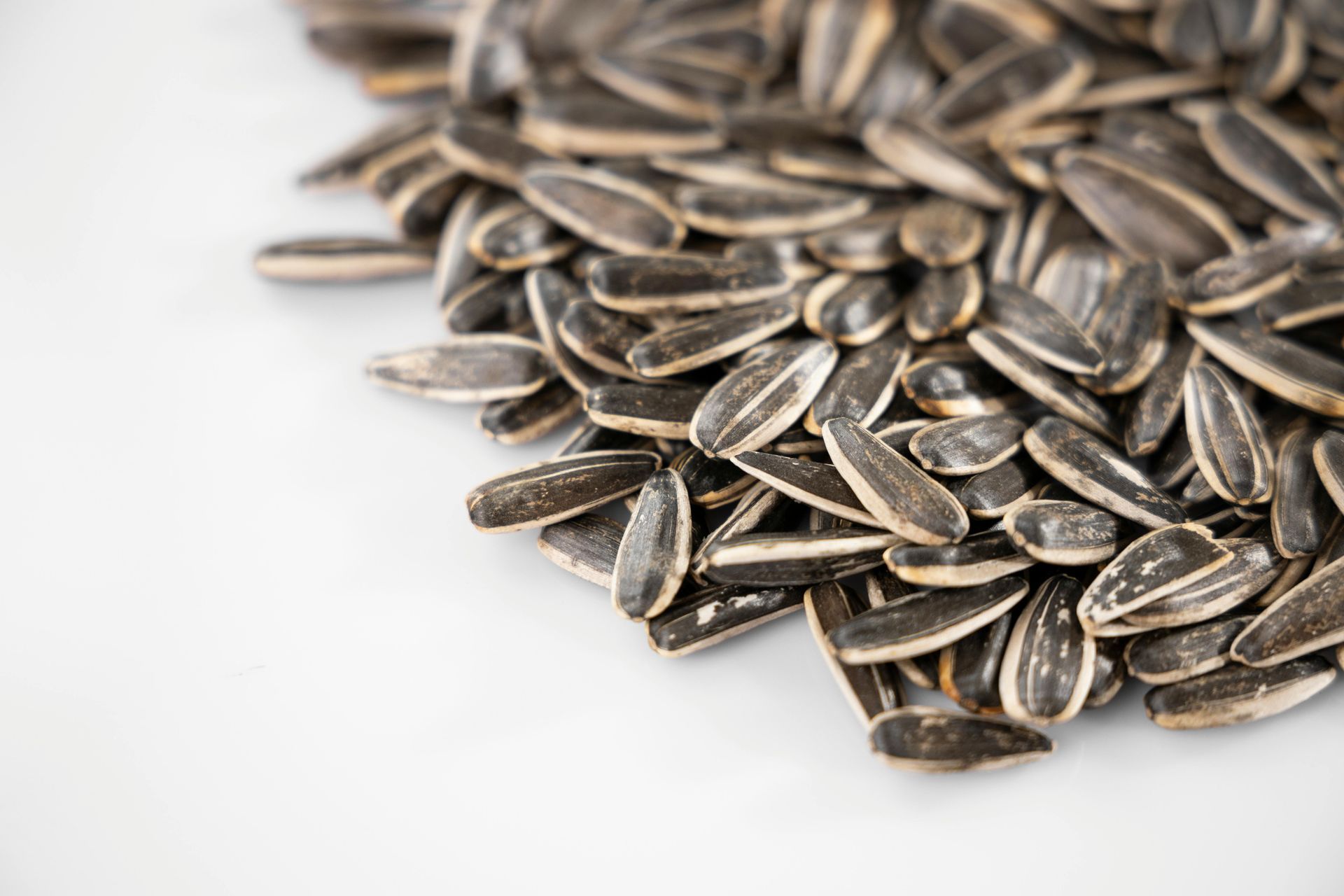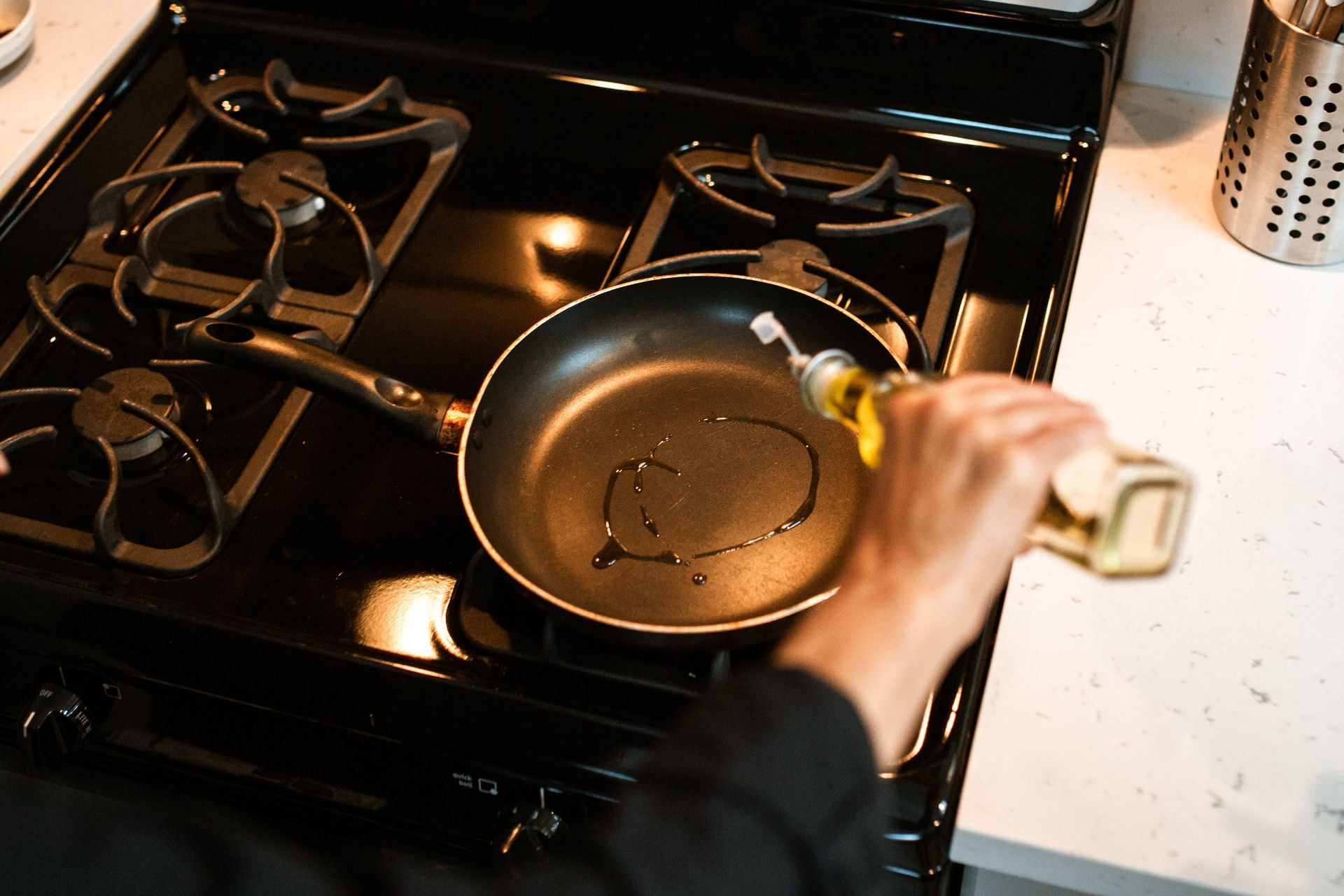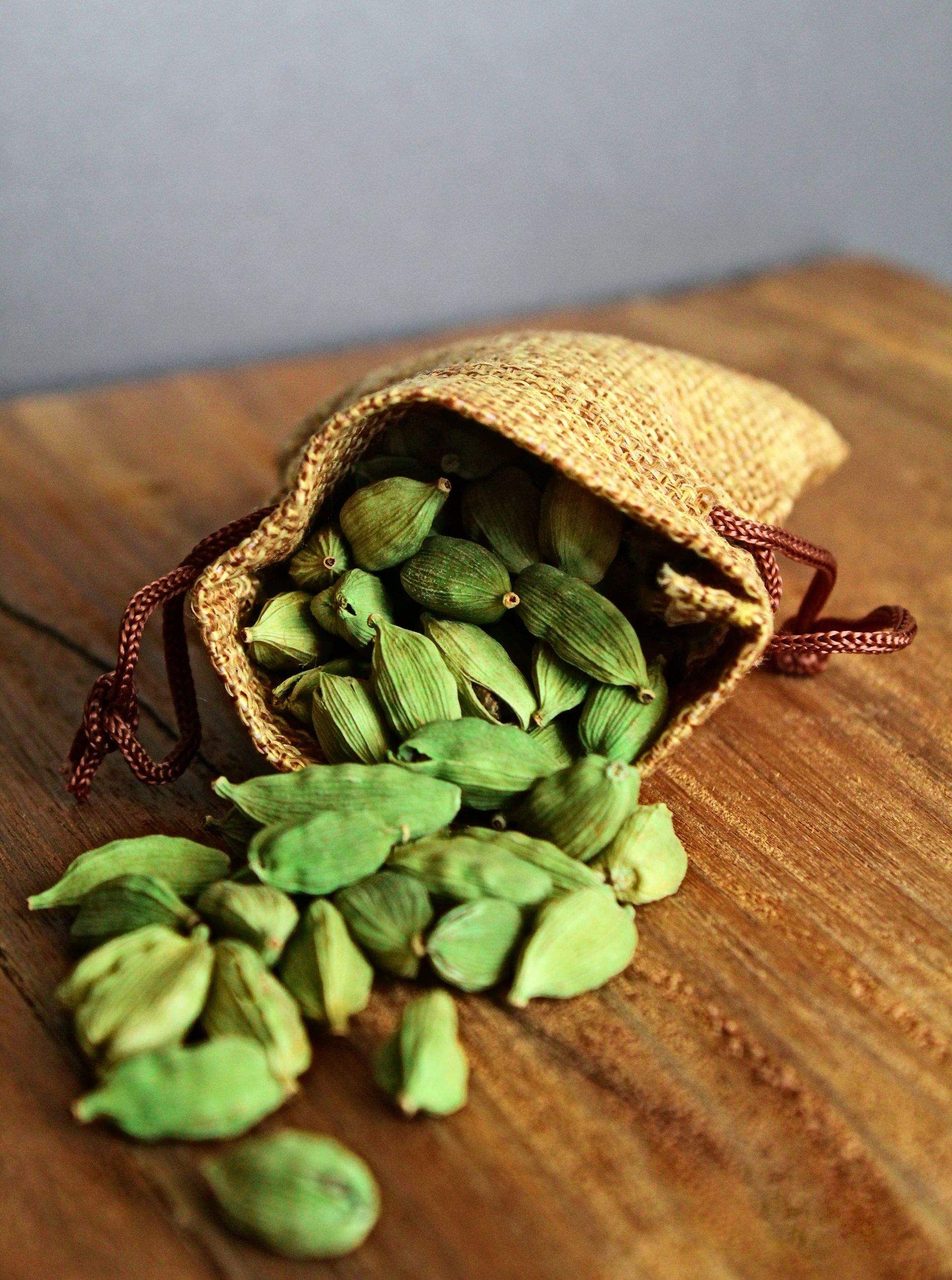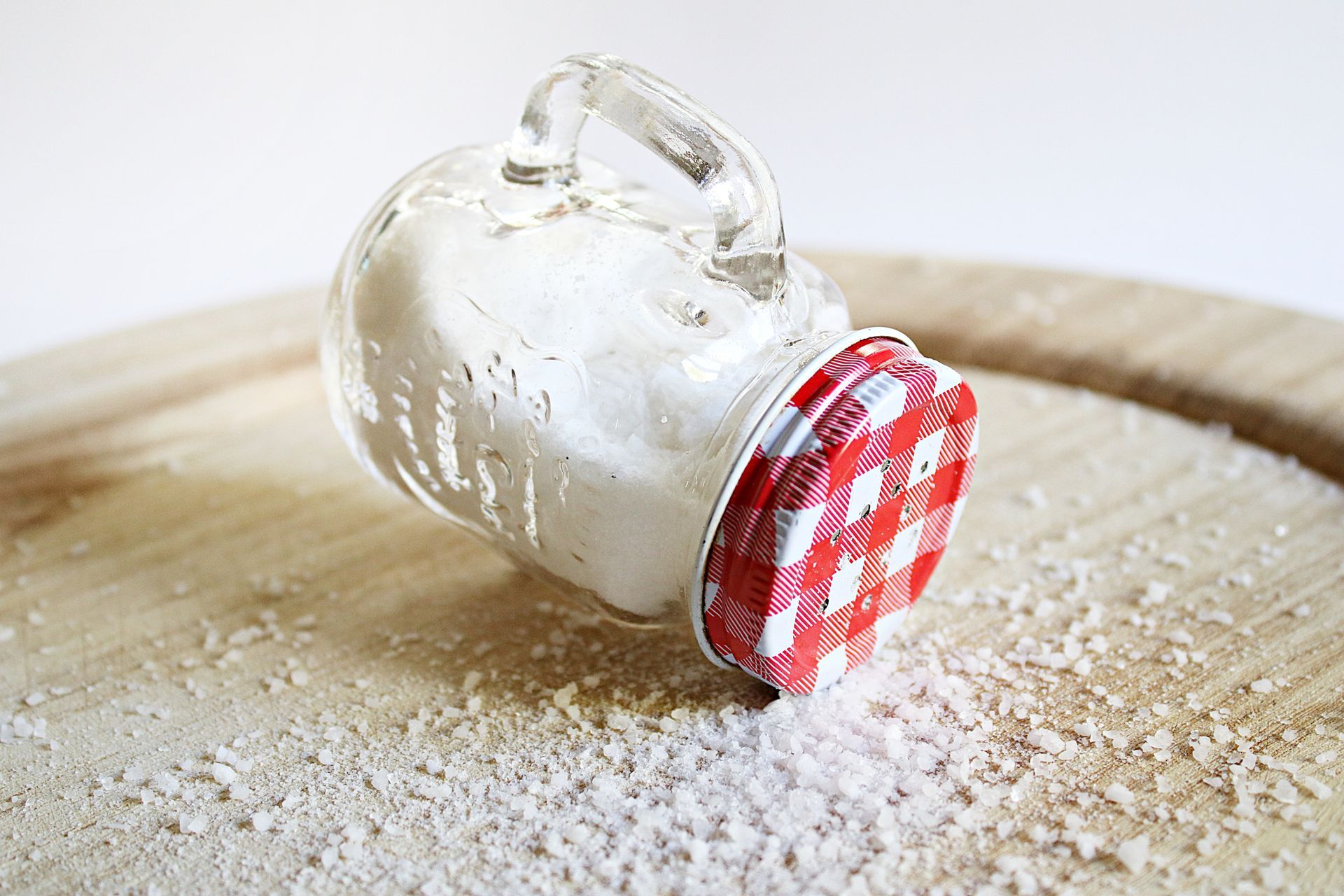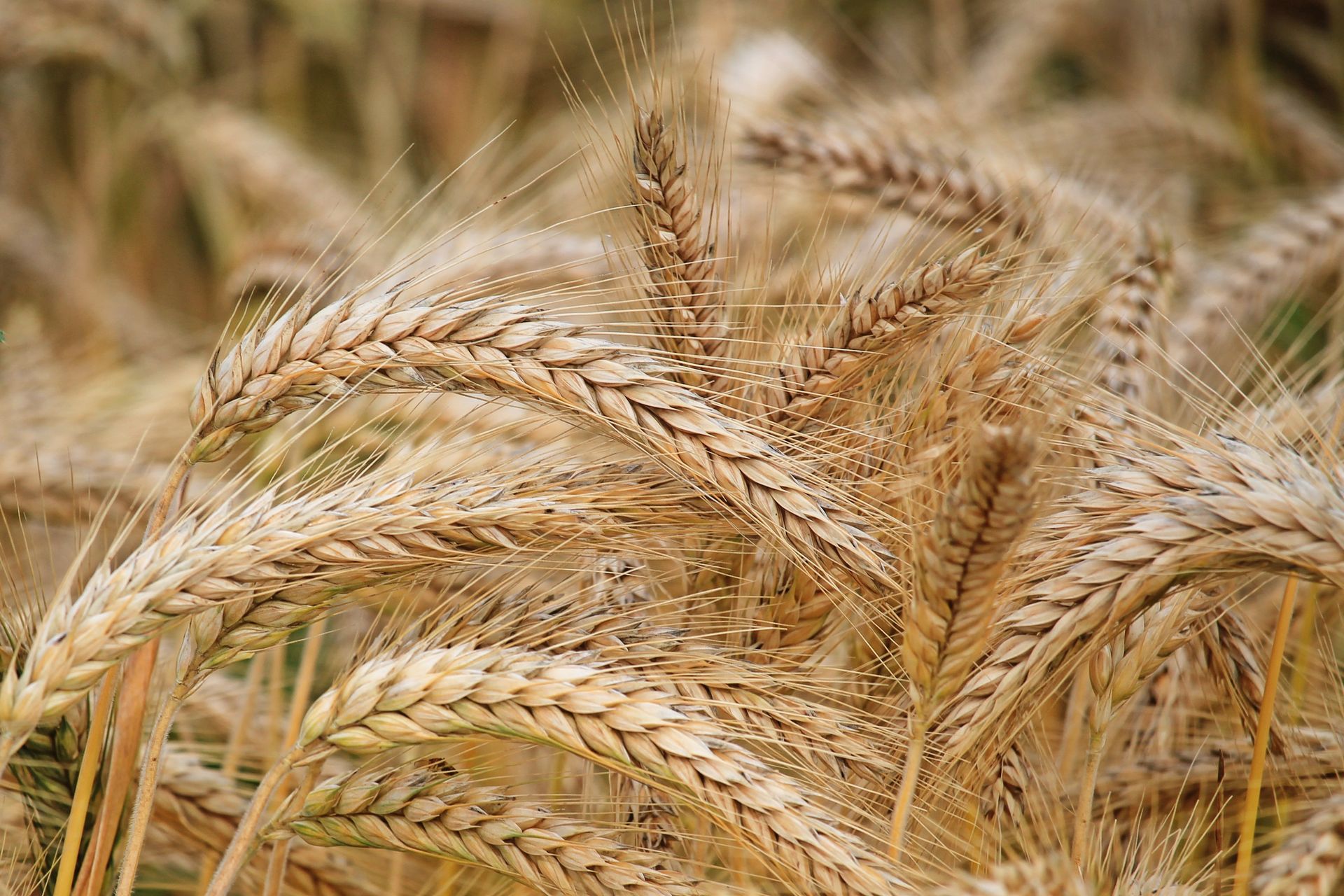Technology In Food Processing
When it comes to food processing from the time immemorial various methods, maybe traditional are used to harvest and preserve the foods. Grains are harvested, cleaned and dried since a long time even before using sophisticated equipment. Technology has always been an integral part of food industry.
With time transport have changed with communication rapidly increasing there has been seen an increase in the foods that are varied and easily available. Consumers demand better quality products that are filled with nutrients with different functional property, varied size & texture, with sole focus on foods that are healthy, simple to prepare and easy to transport.
Consumer satisfaction is mandatory in consumption of products. Many ready to eat products like pizzas, cookies, pickles all are prepared using conventional methods combined with the modern technology. With the population increasing day by day, innovative and novel methods to preserve, store and transport foods are required.
Role Of Technology In Food Processing
Specific methods are needed to be employed to convert foods that are raw, heavy and perishable into forms that can be eatable by humans. Such changes in the raw food lessens the cooking time. Food processing also brings importance to final commodity in terms of storability, profitability & digestibility. Professionals in the food processing should consider various factors like labor charges, waste management, water management, sanitization and easy manufacturing methods.
Food processing and preserving are helpful when it comes to nutritious and edible foods. The oldest methods like sun drying, pickling, salting and fermentation regulated are even used till date. Most of the food processing aims to increase the shelf life of the foods.
Techniques in food processing aims to eliminate the growth of microorganisms on the food that triggers food spoilage. These include fungus, yeasts, microbes etc. The key elements that prevent the spoilage of foods are
- Heat presence.
- Moisture removal.
- Bringing food to room/normal temperature.
- Reducing the pH of the food.
- Preventing foods from being oxidized.
Technologies Used In Food Industry.
With the growth of technology all the conventional methods that were used previously for processing of food can now be incorporated in machines.
Machines ensure that that the time involved in processing the food is largely reduced, it also cuts down the expense of maintaining fresh food by using robots and hence improving efficiency.
Robots reduce the hazards that occur while done manually. Some food processing methods are hazardous for human health that’s when the robots come into picture.
3D printing is also revolutionizing food industry like any other industry. This helps to add creativity within the food security standards.
Drones are now widely being used for even simple and complex things. They have immense potential when it comes to food technology. They help to identify harmful corps, soil health, weather patterns and allow the farmers to make necessary changes.
Use of Modern Technology In Food Industry
Modern technology involves the use of organic fertilizers, herbicides, forestry equipment. Usage of organic fertilizers improves the soil fertility and hence the crop yields. Using modern technology like tractors, mixing harvesters will result in more effective and efficient harvesting. Artificial selection of crops that are suitable for a particular environment or soil conditions are another use of modern technology in food processing.
Like any other industry, when technology is incorporated with food industry it provides with amazing results. With population growing at a rapid pace, its important to have sustainable and smart ways in which we can produce more edible and healthy food, and integrating technology with food processing is one small step towards a bountiful future.
